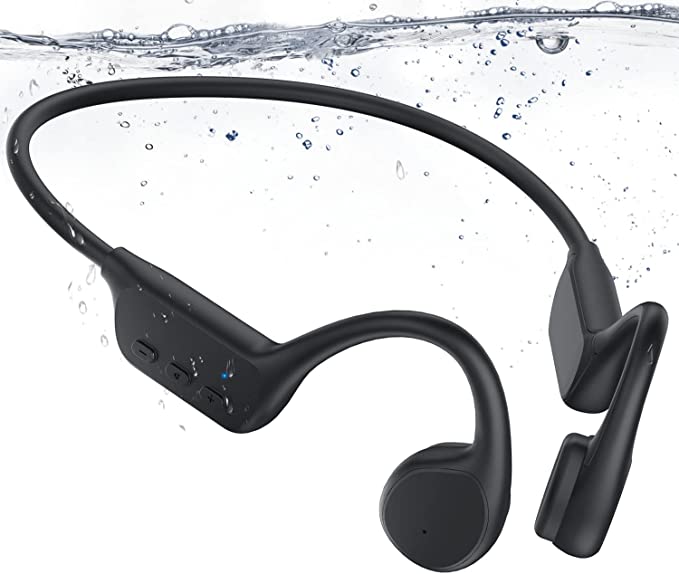The Alchemist's Gauge: How pH Unlocks the Hidden Flavors in Your Coffee
Update on Oct. 20, 2025, 6:43 a.m.
It’s a familiar scene for any devoted coffee lover. One morning, the cup of Kenyan coffee you brew is a revelation—a vibrant explosion of blackberry and grapefruit, bright and complex. The next day, using the exact same beans, grinder setting, and brew recipe, the result is disappointingly flat, maybe even vaguely sour. You’re left staring into your mug, wondering, “What happened?” The ghost in the machine, the invisible variable that eludes even the most meticulous barista, is often a matter of chemistry. Specifically, it’s a property you last thought about in high school science class: pH.
Most of us associate pH with a simple sour taste. But in the world of specialty coffee, thinking of pH as just “sourness” is like describing a symphony as just “loud.” The reality is far more nuanced and powerful. The pH of your water, your slurry, and your final brew acts not as a flavor itself, but as a master conductor, orchestrating the expression of hundreds of aromatic compounds. It’s the key that unlocks the door between a good cup and an unforgettable one. Understanding and controlling it is the next frontier for anyone serious about their coffee.

Acidity vs. “Sour”: Decoding the Language of Taste
Before we dive into the brewing process, we must clarify a crucial distinction that trips up many coffee enthusiasts: the difference between pH and Total Acidity (TA). They are related, but they are not the same thing.
Imagine two bowls of salsa. One is made with a single, fiery habanero pepper. The other is made with ten milder jalapeño peppers. The habanero salsa has a higher intensity of heat, a sharp, immediate burn. The jalapeño salsa has a greater quantity of ‘heat molecules’, resulting in a broader, more lingering warmth.
This is a perfect analogy for pH and TA.
-
pH (Potential of Hydrogen) measures the intensity of acidity. It’s a snapshot of the concentration of active hydrogen ions (H+) in a solution at a given moment. The scale is logarithmic, meaning a coffee with a pH of 4.8 is ten times more acidic in intensity than one with a pH of 5.8. This is the “sharpness” or “brightness” you perceive upfront.
-
Total Acidity (TA), often measured through titration in a lab, measures the total amount of all acids present in the coffee, whether they’ve released their hydrogen ions or not. This contributes to the overall weight, depth, and complexity of the coffee’s acidic profile.
A coffee can have a relatively high TA but a moderate pH, giving it a complex, juicy, and well-rounded acidity (like our jalapeño salsa). Another might have a low TA but a very low pH, making it taste aggressively sharp and sour (our habanero salsa). The most sought-after specialty coffees typically live in a sweet spot, balancing a pleasant pH (around 4.9-5.2) with a rich and complex TA. The sourness you want to avoid is often the result of an imbalanced extraction that leads to a punishingly low pH without the support of a well-developed TA.
The Journey of an Ion: pH’s Role from Bean to Cup
So, we now understand that pH is the ‘sharpness’ of the acidity, not its total amount. But how does this theoretical knowledge actually shape the coffee sitting in your cup? The story begins long before the water even hits the grounds, with pH acting as a silent partner at every stage.
The Roaster’s Fire: Forging the Acids
A green coffee bean is a storehouse of organic acids, dominated by chlorogenic acids. During roasting, these acids undergo a transformation. Chlorogenic acids break down, forming quinic and caffeic acids, which contribute to bitterness and body, especially in darker roasts. Meanwhile, other acids like citric (lemon, orange), malic (apple, pear), and acetic (vinegar-like, if in excess) are either created or altered. The roaster’s goal is to skillfully navigate this chemical maze, developing the desirable acids while mitigating the harsh ones. The final acidic makeup of the roasted bean sets the stage for everything that follows.
The Water of Life: Your Brewing Foundation
You can have the best beans in the world, but if your water is working against you, you’ll never unlock their full potential. The two most important water parameters related to pH are its starting pH and, more critically, its alkalinity (or carbonate hardness). Alkalinity is a measure of water’s ability to buffer, or neutralize, acid.
Think of alkalinity as a chemical sponge. When you introduce the acidic coffee grounds, this sponge starts soaking up the bright, flavorful acids. * Too Much Alkalinity (High pH, High Buffer): Your water will neutralize too much of the coffee’s delicate organic acids. A bright, floral Ethiopian coffee might taste dull and lifeless, its defining characteristics erased. * Too Little Alkalinity (Low pH, Low Buffer): Your water has no “cushion.” The acidity of the coffee will dominate completely, often leading to a cup that is unpleasantly sharp, thin, and sour.
The Specialty Coffee Association (SCAA) recommends a target alkalinity of around 40-75 mg/L (as CaCO₃) for optimal extraction. This provides just enough buffering to balance the acidity without flattening it, allowing the coffee’s intrinsic flavors to shine.
The Moment of Brewing: A Race Against Time
This is where everything comes together. When hot water hits the coffee grounds, a flurry of activity begins. Hundreds of compounds start dissolving, and the pH of the water begins to drop as it extracts acids from the coffee. This process is dynamic.
The first compounds to extract are the bright, fruity acids. Then come the sugars, and finally, the heavier, bitter compounds. Your brewing time, temperature, and grind size all influence the rate and balance of this extraction, which is directly reflected in the final pH of the brew. A brew that is “under-extracted” (water runs through too fast) will be dominated by those initial, highly aggressive acids, resulting in a very low pH and a sour taste. An “over-extracted” brew (water stays in contact too long) will have pulled out an excess of bitter compounds, which can also alter the final pH and muddy the flavor profile.
This is also where different methods diverge. Cold brew, for instance, typically has a higher pH (is less intensely acidic) than hot-brewed coffee from the same beans. The lower temperature is less efficient at extracting acids, particularly the more bitter-tasting quinic acid precursors, resulting in a smoother, milder flavor profile.
From Guesswork to Science: The Modern Toolkit
We’ve followed the subtle shifts in pH from the roaster to the brewer, realizing how each step is a critical control point. But if we can’t see or accurately measure these changes, we’re still flying blind. This is where modern science gives the dedicated enthusiast an almost unfair advantage.
For years, accurately measuring the pH of a small amount of coffee was difficult outside of a lab. Litmus strips are notoriously imprecise, and traditional pH meters require a significant sample volume to immerse their bulky glass bulb electrodes. This is impractical when you only want to test a few drops of a precious espresso shot.
This challenge has been solved by instruments featuring planar sensor technology, like the HORIBA LAQUAtwin pH-11. Instead of dipping a probe into the liquid, you place a tiny sample onto a flat sensor. This design allows for accurate readings from as little as 0.1 mL of liquid—literally a single drop. Furthermore, because coffee is brewed hot, a feature like Automatic Temperature Compensation (ATC) is non-negotiable. The meter’s built-in thermometer instantly corrects the reading for the liquid’s temperature, ensuring the data is reliable whether you’re measuring a hot pour-over or a cooled-down cupping bowl.
With such a tool, you can move from subjective guesswork to objective data. You can measure your water’s alkalinity, test the pH of your final brew to diagnose extraction problems, and track how small changes in your recipe affect the final chemistry. It allows you to finally quantify that “ghost in the machine” and turn happy accidents into repeatable successes.
Conclusion: Your Palate’s New Best Friend
Understanding pH in coffee is not about replacing your palate with a digital number. It’s about empowering it. Your taste buds will always be the final judge, but a pH reading provides the crucial “why” behind what you’re tasting. It’s the diagnostic tool that helps you understand if a flat taste is due to your water or your grind. It’s the benchmark that allows you to perfectly replicate that one “god shot” of espresso you pulled last week.
By embracing the chemistry that underpins our favorite beverage, we elevate brewing from a ritual to a science-backed art form. The pH meter doesn’t tell you what tastes good. You decide that. It simply gives you a precise, reliable map to get you there, every single time.









